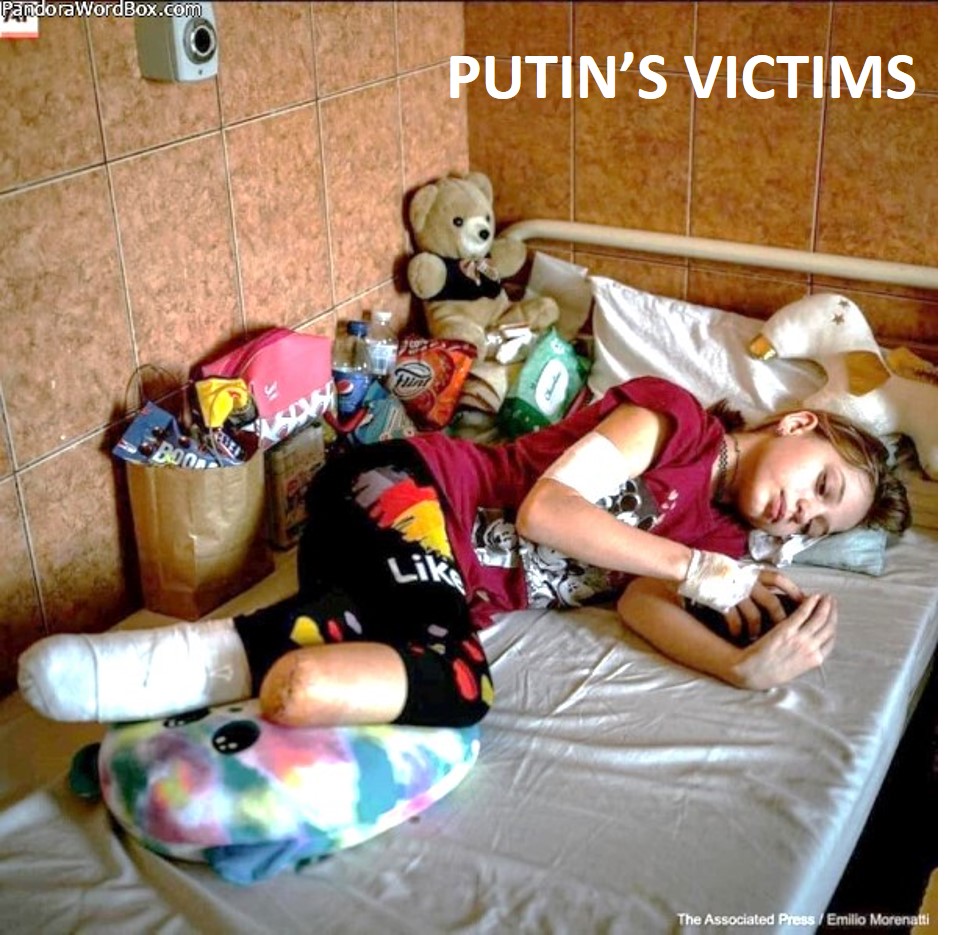Faciogenital Dysplasia
 [for Professionals mainly] [for Professionals mainly]
Gene Map Locus: Xp11.21 - Aarskog (1970) described an X linked disorder characterized by ocular hypertelorism, anteverted nostrils, broad upper lip, and peculiar penoscrotal relations ('saddle bag scrotum' or 'shawl scrotum'). Affected males can reproduce - Scott (1971) emphasized the occurrence of ligamentous laxity manifest by hyperextensibility of the fingers, genu recurvatum, and flat feet - Tyrkus et al (1980) described mother and son with Aarskog Scott syndrome - Expression was complete in the mother - The mother and son had a reciprocal translocation between the X chromosome and chromosome 8 - Fryns (1992) concluded that the incidence of mental handicap in Aarskog syndrome may be as high as 30%.
Faciodigitogenital Syndrome, Recessive
 [for Professionals mainly] [for Professionals mainly]
The Aarskog faciodigitogenital syndrome (305400) is X linked in most instances; however, sex influenced autosomal dominant inheritance is possible in some (100050) - Teebi et al (1988) described an Arabic family with normal consanguineous parents and 5 children (3 males and 2 females) with some features of Aarskog syndrome in addition to unusual hair changes - The hair was coarse, dry, and relatively hypopigmented with widow's peak trait.
Aarskog Syndrome
 [for Professionals mainly] [for Professionals mainly]
Grier et al (1983) reported father and 2 sons with typical Aarskog syndrome, including short stature, hypertelorism, and shawl scrotum - X linked recessive inheritance has been repeatedly suggested - Thus, there is either genetic heterogeneity or this is an autosomal dominant with strong sex influence and possibly ascertainment bias resulting from use of the shawl scrotum as a main criterion.
Aarskog Syndrome per Google Images
 [for Parents] [for Parents]
Aarskog Syndrome
 [for Parents] [for Parents]
Signs and symptoms
People with Aarskog−Scott syndrome often have distinctive facial features, such as widely spaced eyes (hypertelorism), a small nose, a long area between the nose and mouth (philtrum), and a widow's peak hairline. They frequently have mild to moderate short stature during childhood, but their growth usually catches up with that of their peers during puberty. Hand abnormalities are common in this syndrome and include short fingers (brachydactyly), curved pinky fingers (fifth finger clinodactyly), webbing of the skin between some fingers (cutaneous syndactyly), and a single crease across the palm. Other abnormalities in people with Aarskog−Scott syndrome include heart defects and a split in the upper lip (cleft lip) with or without an opening in the roof of the mouth (cleft palate).
Most males with Aarskog−Scott syndrome have a shawl scrotum, in which the scrotum surrounds the penis instead of hanging below. Less often, they have undescended testes (cryptorchidism) or a soft out-pouching around the belly-button (umbilical hernia) or in the lower abdomen (inguinal hernia).
The intellectual development of people with Aarskog−Scott syndrome varies widely. Some may have mild learning and behavior problems, while others have normal intelligence. In rare cases, severe intellectual disability has been reported.
Aarskog syndrom
I.B.I.S. Birth Defects, September 2, 2003
 [Ukrainian] [Ukrainian]
A fact sheet for specialists in Ukrainian
Main diagnostic criteria ... Prevalence ... Clinical features ... Growth ... Face ... Limbs ... Genitals ... Diagnosis ... Differential diagnosis ... Prognosis ...
________________________________________________________________________________________________
Last Updated: 2023/08/02
________________________________________________________________________________________________
| 

 [for Professionals mainly]
[for Professionals mainly]




